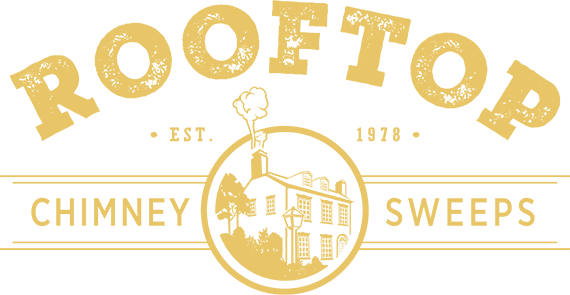Leaky chimneys are one of the most common cause of rain leaking into houses. Fortunately, it’s something you never have to put up with.
During these rainy spring months, one of the most common issues we come across is water leaks in or around a chimney. A leaking chimney is one of the few issues that can leave even the most skilled and experienced technician stumped when it comes to finding the leak. The reason for this is that water can enter a chimney in an array of ways, and once it gets in, it often moves and acts in bizarre fashion. Because brick and mortar are porous to water, a chimney can absorb a massive amount of water over time, that can move in any direction through osmosis. The good news is, there are a whole host of products that can be used separately or in conjunction to keep your chimney (and your house) nice and dry.
The first and most obvious source of chimney leaks is of course rain and snow. When a technician inspects a chimney, the first place to check is the chimney crown [link to our crowns page]. This concrete slab protects the top of the chimney and helps water to roll off of it. If it isn’t made of a proper material, or it has cracked over time, then the crown is almost guaranteed to let water into the chimney structure. While some crowns should be replaced with new Portland Cement, moderate damage can be repaired using a special latex sealant.
The next place to check is the flashing. Flashing is an aluminum strip designed create a waterproof transition between the chimney and the roof shingling. Flashing can also be repaired or replaced using similar method to crowns.
Because of their porous nature, it is a good idea to have a chimney waterproofed. Chimney waterproofing is special because while it is impenetrable to liquid water, it is permeable to water vapor. This allows the chimney to dry out while keeping new water out – paint and other sealants trap existing water inside the chimney, where it will continue to damage the structure.
Finally there are two other places where water can enter chimneys. One is through ground water. This is why it is important to ensure that the earth around your chimney is properly landscaped to guide water away from the structure, especially if your house is on a hill where runoff will inevitably travel.
The final way for water to enter a chimney is from the exhaust of gas units using the chimney. If you have natural gas fireplace or heating, these units produce tremendous amounts of water vapor that can condense and absorb into the chimney. The only way to protect against this problem is to ensure that your fireplace and flues are properly constructed and sized, [link this to the liners section] so that gas exhaust is efficiently venting out of the chimney and not seeping into it.
While water can be extremely difficult to diagnose, there is no leaky chimney problem that can’t be fixed. All of our technicians have been trained to recognize and respond to the various ways that water can enter chimneys, and have a host of great products to keep it out and prevent the costly damage that water can do.

